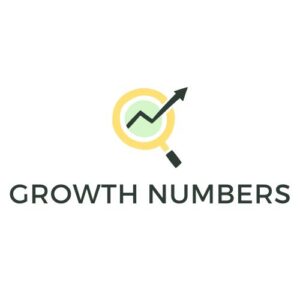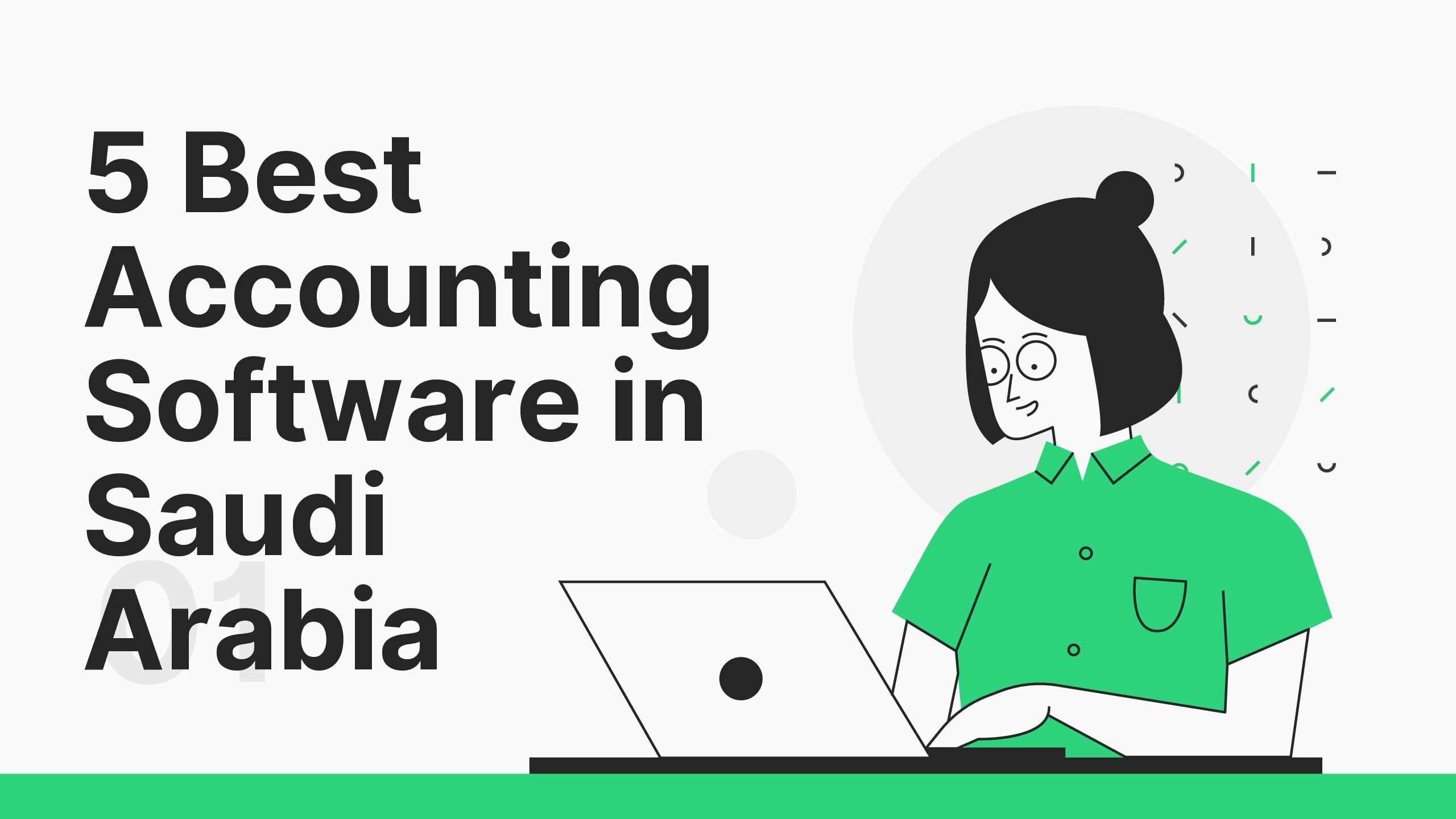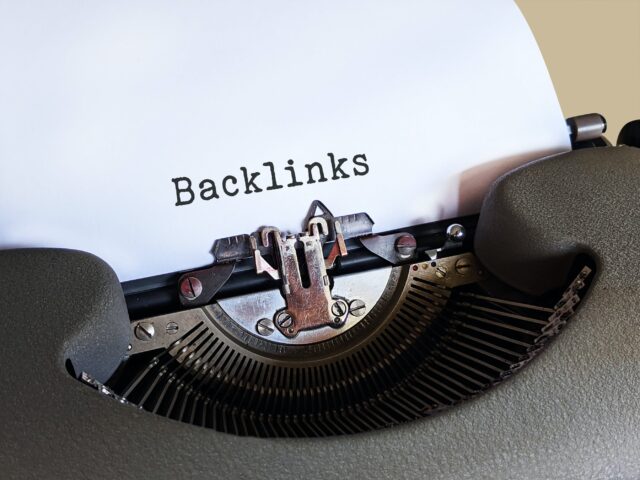In the ever-evolving landscape of SEO, backlinks remain a crucial factor for ranking and visibility. Yet, despite their importance, a staggering 94% of blog posts languish without a single external link. Why? The answer is simple: not all content is created equal.
The key lies in creating ‘linkable assets’—content so valuable and shareable that others naturally want to link to it.
Imagine having content on your website that effortlessly attracts links, boosts your outreach response rates, and builds a natural link profile over time. This is the power of linkable assets.
They are not just about gaining links; they also drive social shares, enhance brand awareness, and can even be monetized.
From insightful infographics to in-depth guides and interactive tools, certain content types consistently earn links more easily than others.
Understanding what makes content ‘link-worthy’ and how to create such assets is essential for any SEO strategy.
In this guide, we’ll delve into the world of linkable assets, exploring the types of content that work best, how to create them, and ultimately, how to earn valuable backlinks with these assets. Let’s dive in and unlock the secrets to building a strong, linkable content strategy.”
What Is A Linkable Asset?
Linkable assets are essential components of successful SEO strategies, particularly in the realm of link building. These assets are high-quality pieces of content designed to attract backlinks from other websites. Unlike promotional content, linkable assets provide significant value to readers and are considered valuable enough to share and link to.
Linkable assets are created with a clear purpose: to earn backlinks. They are not product pages or sales pitches but comprehensive resources that offer unique insights, solutions to problems, or valuable information within a niche. These assets can take various forms, such as in-depth guides, insightful infographics, engaging videos, interactive tools, and downloadable resources.
One of the key benefits of linkable assets is their ability to drive organic traffic. By attracting backlinks, linkable assets can also boost referral traffic and enhance brand exposure. Brands that create popular linkable assets can benefit from increased brand awareness and affinity, as their brand becomes associated with valuable content.
For example, the “History of Google Algorithm Updates” published by Search Engine Journal has garnered thousands of referring domains, illustrating the impact of high-quality, link-worthy content.
In summary, linkable assets are integral to SEO strategies, helping websites earn valuable backlinks, increase organic traffic, and establish authority and credibility within their niche.
Create Linkable Assets that Deliver Results
Creating linkable assets can significantly impact your SEO efforts and boost your website’s visibility. However, this process requires strategic planning and execution.
Here’s a detailed step-by-step guide to creating linkable assets that deliver results:
1. Understand Your Audience
Before creating any content, it’s crucial to deeply understand your target audience’s interests, preferences, and pain points. Building a buyer persona can help you create content that resonates with your audience and addresses their needs effectively.
Do your research: Start by analyzing how your existing customers consume your content. Capture important information about your site visitors through forms on your website. Obtain feedback from your sales team on leads and customers. Interview prospects and customers to understand their needs and pain points.
Segment your audience: Segmenting your audience is crucial for creating tailored content. Depending on the nature of your business and goals, you may have more than one type of target audience. Create detailed buyer personas based on demographic, psychographic, and geographic information.
2. Identify Search Intent
Identifying the search intent behind your target keywords is essential. This helps you create content that aligns with what users are looking for. Understanding search intent can also guide your content strategy and ensure that your linkable assets meet the needs of your audience.
Types of search intent: There are four main types of search intent: Navigational, Informational, Commercial, and Transactional. Each type indicates the purpose behind someone’s search and should guide the content you create.
Using SERPs: Examining the search engine results pages (SERPs) for your target keywords can help you understand search intent. Look at the content types and formats that rank highly for your keywords to create relevant linkable assets.
3. Research Your Competitors
Analyzing your competitors’ strategies can provide valuable insights into what types of content are attracting backlinks in your industry. Tools like Semrush Site Explorer can help you identify your competitors’ backlinks and content strategies.
Competitive analysis: Use online tools to spy on your competitors and see what kind of backlinks they’re getting. Identify the types of content that are performing well for them and use this information to inform your own content strategy.
4. Find the Right Topics
Choosing the right topics for your linkable assets is crucial. Use tools like Google Trends to identify trending topics in your niche and tailor your content to address these topics. Additionally, consider the interests and preferences of your target audience when selecting topics for your linkable assets.
Trending topics: Look for trending topics in your niche using tools like Google Trends. Analyze the interest over time by region and related topics to understand what people are looking for in your industry.
5. Create Something Unique
To stand out from the competition, your linkable assets must offer something unique and valuable. Use the S.U.C.C.E.S.S. model (Simple, Unexpected, Concrete, Credible, Emotional, Stories) to create content that engages your audience and encourages them to link back to your site.
S.U.C.C.E.S.S. model: The model focuses on creating content that is simple, unexpected, concrete, credible, emotional, and includes stories. Use this framework to create content that stands out and attracts backlinks.
6. Focus on the Design
In addition to high-quality content, the design of your linkable assets is also crucial. Ensure that your content is visually appealing and easy to navigate. Use templates and design tools to create professional-looking assets that attract backlinks.
Visual appeal: Use bright colors, interesting graphics, and a unique layout to make your linkable assets visually appealing. Ensure that your content is easy to read and navigate for your audience.
7. Promote Your Assets
Once you’ve created your linkable assets, it’s essential to promote them effectively. Use outreach strategies to connect with influencers and bloggers in your industry. Share your content on social media platforms and engage with your audience to increase visibility.
Outreach strategies: Reach out to influencers and bloggers in your industry to promote your linkable assets. Offer them valuable content that they can share with their audience. Engage with your audience on social media to increase visibility and encourage sharing.
8. Track the Results
Finally, track the performance of your linkable assets to measure their effectiveness. Use tools like SEO Buddy, Ahrefs, or Semrush to monitor backlinks, referring domains, and search engine rankings. Use this data to optimize your link building strategy and improve the performance of your linkable assets over time.
Metrics to track: Track the number of backlinks and referring domains, the quality of the links pointing to your site, the Domain Authority of your site, and your search engine ranking. Use this data to evaluate the effectiveness of your link building efforts and make informed decisions about your strategy.
By following these detailed steps, you can create linkable assets that deliver results and help you achieve your SEO goals.
Pros And Cons Of Linkable Assets
Pros
Certainly! Here’s a revised version of the content with a conversational tone and a reordering of the points:
When you create linkable content assets, you’re setting the stage for scalable link acquisition. These assets offer link opportunities across a wide range of topics, making your link building efforts more versatile and effective.
One of the biggest benefits of creating long-form, informative articles is the boost they give to your organic visibility. These articles can attract thousands of monthly visits across various keywords, driving traffic to your site and improving your search engine rankings.
Linkable content assets also play a crucial role in relationship building. By providing valuable content, you can establish relationships with influencers and industry experts, opening the door for collaboration and building trust within your industry.
The long-term value of linkable assets cannot be overstated. Well-crafted content can continue to attract backlinks and traffic over time, providing ongoing benefits for your website’s SEO and visibility.
Lastly, linkable assets can significantly enhance your brand’s exposure and credibility. By consistently producing valuable content, you can position your brand as an industry expert, increasing trust and credibility among your audience.
Cons
Creating linkable assets isn’t without its challenges.
One common issue is that links often target the asset itself, rather than the ideal commercial page, which can limit the impact on your ranking.
Another challenge is the time and resources required. Crafting high-quality linkable assets can be demanding, especially for smaller businesses or teams with limited resources.
Even with high-quality content, there’s no guarantee of backlinks or SEO rewards. Success in link building requires more than just creating good content; it also involves effective promotion and outreach efforts.
Measuring the success of linkable assets can be tricky. It may take time for search engines to recognize and reward acquired backlinks, making it challenging to assess the impact of your efforts on SEO.
Lastly, increasing competition for backlinks and organic visibility adds another layer of difficulty. With more players vying for attention, it’s becoming harder to stand out and attract valuable backlinks.
5 Types Of Linkable Assets
- Informative Infographics
Infographics remain a top choice for creating linkable assets because they have the potential to attract numerous backlinks. However, it’s crucial to use them judiciously, opting for infographics only when your content can benefit from a visually engaging format.
Infographics, GIFographics, and map-o-graphics are all visual representations of data that can be effective linkable assets. Among these, infographics and GIFs are particularly popular. GIFs are appealing because they don’t require additional styling or editing when shared on social media.
Infographics typically include data presented in charts, diagrams, and sometimes text. When shared, they aim to help others understand complex concepts. To build links using these assets, consider pitching to sites in your niche that actively publish infographics. Additionally, you can find successful infographic concepts from other niches and adapt them to suit your audience.
- Online Tools & Calculators
Online tools and calculators can be incredibly effective at attracting a large number of backlinks. Take CoSchedule’s Headline Analyzer, for example, which has accumulated over 16,000 links from 3,600 referring domains.
However, creating such tools requires a significant investment. You either need a budget to hire professionals or the skills to develop them yourself. Offering tools that are valuable to your industry and its audience can naturally attract links to your site.
To build links using these tools, consider pitching them to websites that discuss the problems your tools solve. Additionally, using low-cost PPC campaigns, like Facebook ads, can help promote your tools and attract more links.
- Studies & Research
Studies and original research pieces can be goldmines for attracting links, especially in certain industries.
Take the SEO/marketing industry, for example. Original studies make up a significant portion of the most linked-to content on many popular blogs.
But why do these studies get so many backlinks? There are a few likely reasons:
Established Authority: Brands like SemRush, which are well-known and trusted in the industry, naturally attract more backlinks. As a newcomer, this might be a bit more challenging for Growth Numbers.
- Unique Insights: SemRush has access to a wealth of unique data, which sets its studies apart. For Growth Numbers, focusing on unique insights or perspectives, even if the data set is smaller, could be a winning strategy.
But here’s the good news: You don’t need vast amounts of data to create valuable research. Personal case studies and smaller-scale research can also be compelling and attract links.
To build links to these types of assets, consider strategies like:
A. Conducting Popular Studies: Take outdated studies in your niche and update them with new data or insights, then pitch your updated study to the websites linking to the old one.
B. Pitch to Relevant Audiences: Find websites or influencers already discussing topics related to your study. If your research adds value to their discussions, they may be interested in linking to it.
- Guides and Tutorials
Creating a truly “definitive” guide or tutorial as a linkable asset is more challenging than ever, as many articles claim this title without delivering comprehensive information. To stand out, your guide must be a comprehensive resource, covering every aspect of the topic with detailed explanations, images, actionable examples, and step-by-step instructions.
Building links to such assets requires strategic efforts. One approach is to stay on the radar of potential linkers, such as bloggers and journalists, by regularly updating and re-promoting your guide. This keeps it relevant and increases the chances of it being referenced. Additionally, since your guide is likely superior to others on the same topic, you can reach out to websites linking to less comprehensive guides and suggest they link to yours instead. This way, you can “steal” links from inferior guides by offering a more valuable resource.
By creating a truly comprehensive and valuable guide and implementing these link-building strategies, you can increase the chances of your content being recognized and linked to by authoritative sources in your industry.
- Coined Terms
Creating a new term, or coining, involves giving a fresh word to describe an action, concept, or object where none previously existed. While it’s becoming increasingly challenging to introduce new terms, it’s still possible, especially in emerging industries like cryptocurrency and fintech. However, it’s crucial to ensure that the new term is meaningful and doesn’t appear frivolous.
Coined terms, by their nature, are self-explanatory—they are terms that were nonexistent before their creation. One of the most famous examples in the SEO industry is the “skyscraper technique,” coined by Brian Dean. This technique has garnered numerous backlinks and continues to attract more over time.
To earn links with coined terms, consider setting up alerts for relevant terms and reaching out to people interested in your unique approach. Additionally, you can popularize your term by guest posting on industry-leading blogs, increasing its visibility and likelihood of being linked to it.
Conclusion
In conclusion, creating linkable assets is a powerful strategy to boost your SEO efforts and earn valuable backlinks. While the tactics outlined may vary depending on the type of asset, there is often overlap, allowing for creativity and flexibility in your approach.
The key takeaway is to ensure that the right people, often referred to as the “linker,” are aware of your linkable asset. Without this awareness, even the best asset may not garner the desired links.
By investing in the creation of compelling linkable assets and promoting them effectively, you can significantly improve your site’s domain rating, authority, and organic traffic. So, start brainstorming ideas, create your linkable assets, and watch your SEO efforts soar. And if you have any other types of linkable assets or examples to share, feel free to let us know!













